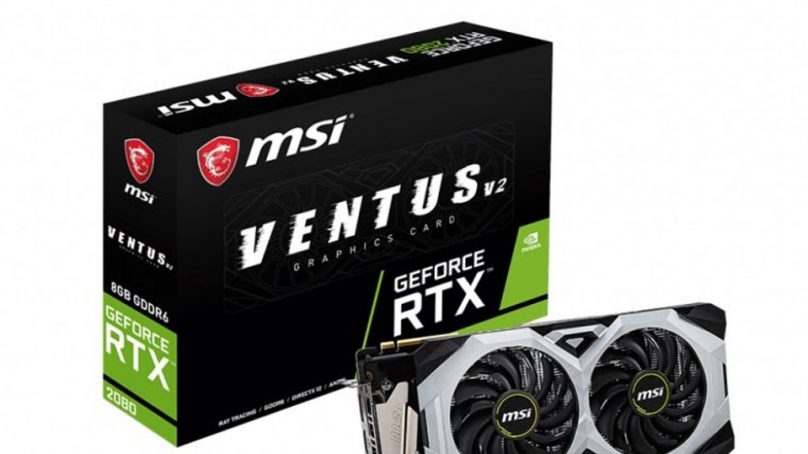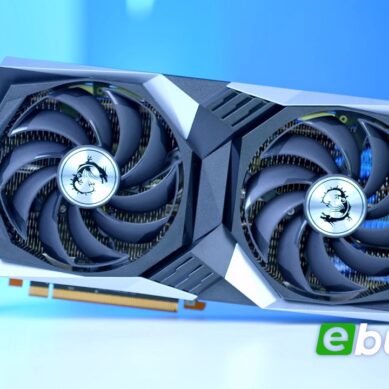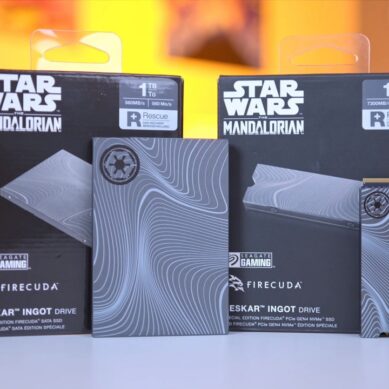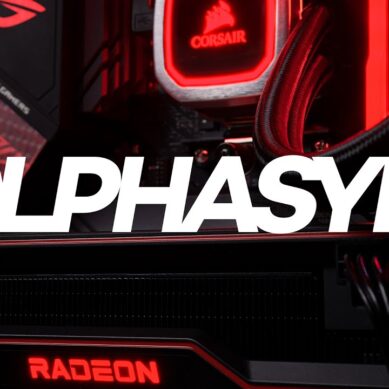
If you’ve been paying attention to the ever-changing world of graphical hardware, you’ll have noticed the enormous waves that Nvidia has made with the release of its latest generation of cards. These are based on the 12nm Turing architecture, which succeeds the Pascal architecture found on the 10-series. The GTX moniker has been dropped in favour of the RTX designation, the first letter of which refers to something called ray-tracing. This is a rare leap forward for the industry and it’s worth careful scrutiny – particularly if you’re considering pulling the trigger on one of the new cards.
What is ray-tracing and why should we care?
Since the dawn of 3D graphics back in the early 1990s, games have been rendered in the same way. A 3D object is transformed into a 2D image that your monitor can display, ideally several dozen times a second, through a process called rasterisation. Along the way, said image might be beautified through extra shadows, textures and post-processing effects, but the fundamental process remains the same. Each of these effects is applied only to the objects that are actually being displayed (that is, the screen space), rather than the stuff outside of your field of view.
On the face of it, this makes sense: rendering stuff that isn’t going to be displayed consumes computational resources and thus reduces frame rates. But most of the light we see in the real world consists of reflections. We don’t suddenly go blind if we stop staring at the sun, so a method of rendering light that accounts for the entire environment is sure to produce more realistic results.
Ray-tracing has the camera cast rays outward, allowing them to bounce off objects not only in the screen space but outside it. An image is then generated based on what these rays are bouncing off, and what light-source is generating them. This allows the game to approximate the complex interactions of light with the objects in the game world, and the result is a more realistic image. Clever stuff.
Why now?
Up until now, the hardware necessary to render light in this way has been lacking. A workstation computer of the sort used to generate the latest Marvel film might calculate a single frame of ray-traced goodness over several hours (or days). But now a version of ray-tracing is coming to real-time gaming. This is achieved thanks to dedicated ray-tracing cores found on the new Turing cards. They work alongside the more familiar CUDA cores to generate transparency, lighting, reflections and shadows, all of which are incorporated into the final image before it’s displayed.
You can think of it as a division of labour between the old technology and the new. Nvidia calls this ‘hybrid’ rendering. It’s a sensible way to transition to a revolutionary new way of doing things. It means developers will be able to opt-out of ray-tracing until it becomes feasible to opt-in, and it makes some of the most tangible benefits of ray-tracing available to consumer-level systems.
What else is new?
Ray-tracing isn’t the only innovation made possible by Turing. In fact, for all of the emphasis that Nvidia has placed on the technology, it’s another rendering technique that might yet prove the more significant. We’re also getting something called ‘deep-learning’ super-sampling, which comes courtesy of another new type of tensor core. These are capable of taking a look at an image, spotting jagged edges in an intelligent way and smoothing them out. The algorithms used to do this was developed on supercomputers, and can actually improve performance by rendering images at a lower resolution and then upscaling them.
Like raytracing, DLSS will come on a per-game basis, and there’s only a limited number of games that support it, but it’s reasonable enough to assume that this number will grow as the technology becomes mainstream.
Which games support ray-tracing?
Battlefield V is now set to drop in November, while Shadow of the Tomb Raider is already out (though the patch that will actually implement ray tracing still has yet to be introduced). Nvidia has kept early builds of RTX-compatible games out of the public’s hands, and this makes it difficult to say exactly how much ray-tracing will impact on performance. As the hardware becomes more widespread, we should expect more and more developers to start incorporating ray-tracing into their games. What’s more, we should also expect performance improvements as developers learn to optimise their games for the technology.
You might recall a few years ago, when selecting any form of ambient occlusion would make everything look substantially prettier at a cost of 10 to 20 frames. As graphical hardware improved, the cost became steadily more worthwhile, and nowadays HBAO is the norm. It seems reasonable to expect ray-tracing to undergo the same journey – although, as we’ve mentioned, ray-tracing is a far more fundamental leap forward than the post-processing techniques of bygone days.
What about traditional rendering techniques?
That’s not to say that the RTX cards don’t offer substantial performance improvements over their predecessors in traditionally rendered games. While we can’t see exactly how well the new cards handle ray-tracing, we can see how they fare when standard games are thrown at them. The results are fairly convincing, with benchmarks placing the 2080 well north of the performance we might expect from the previous generation’s Titan models. Moreover, future cards in the Turing line-up may well ship without ray-tracing included (keeping the old GTX suffix), allowing budget-level gamers to enjoy the advantages of the higher transistor count without buying into ray-tracing just yet.
What are the alternatives?
AMD has yet to seriously respond to the previous generation of Pascal-based Nvidia chips, never mind this new one. Nvidia’s grip on the very top of the GPU market looks nigh-on unassailable (although one might have said that about Intel’s lead over AMD a few years ago). If your budget allows for it, the 2080 and 2080Ti represent the pinnacle of graphical firepower – and as support for ray-tracing and DLSS proliferates, these cards will look more and more worthy of their considerable price tags.






